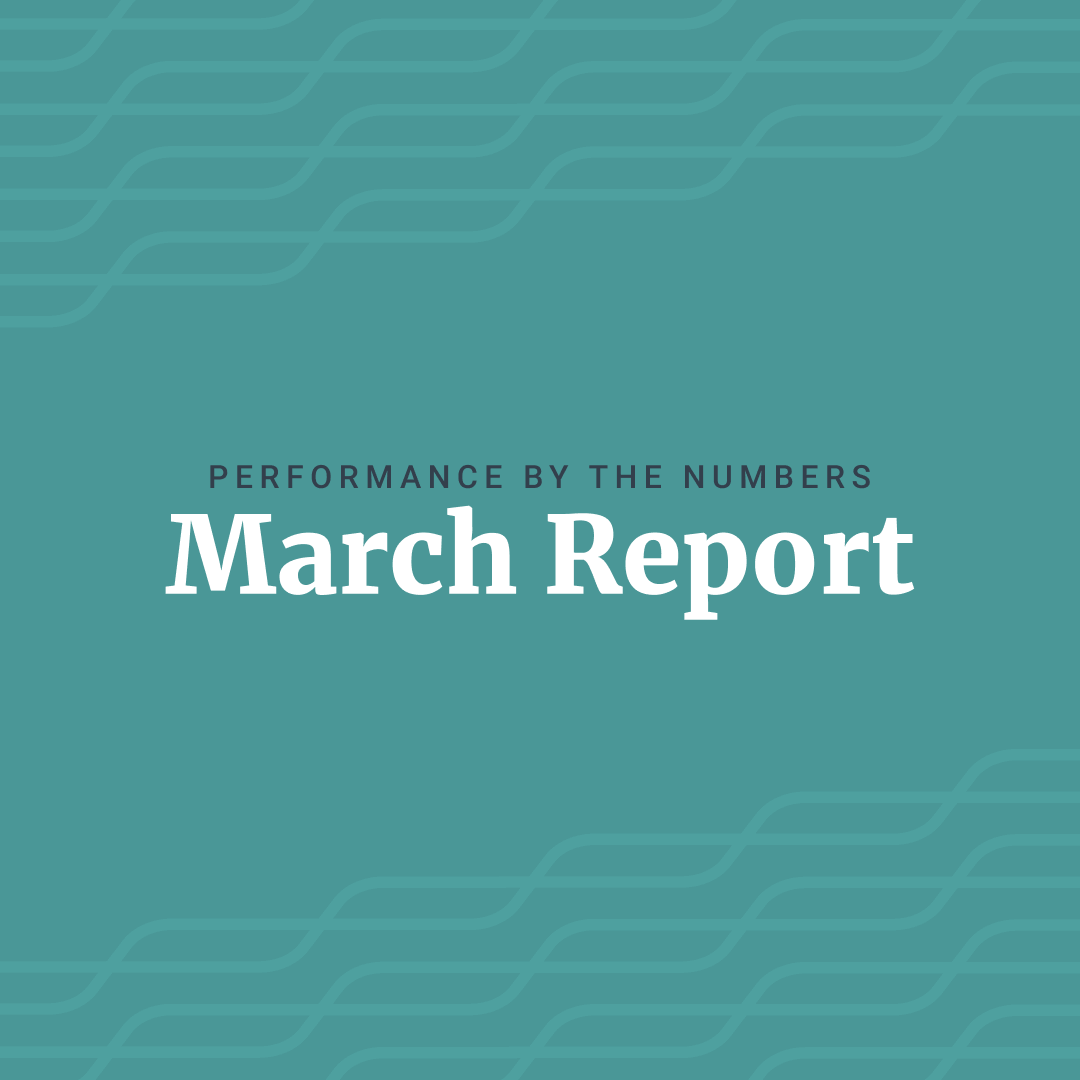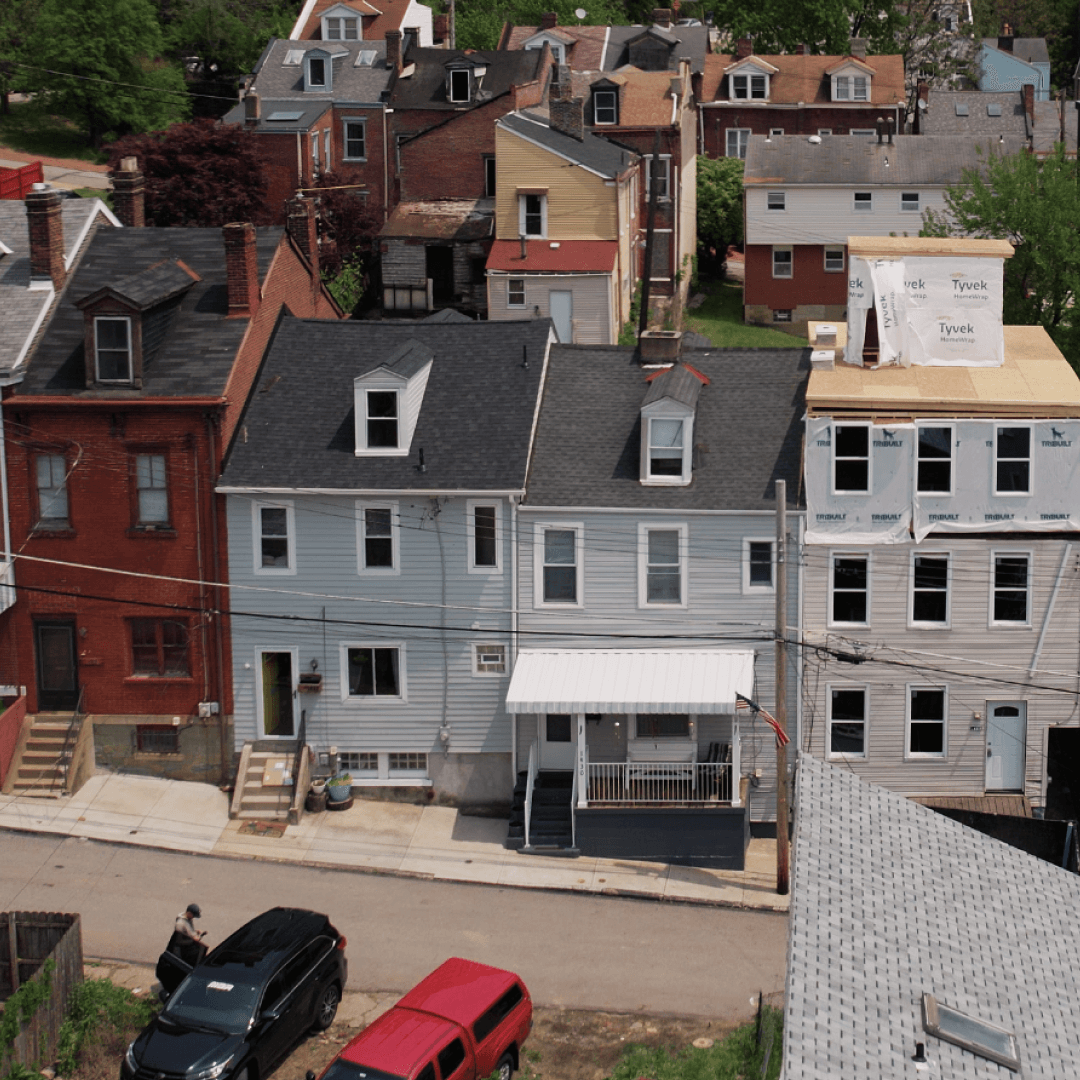Question: What is the connection between regional banks, the pandemic, commercial real estate, and new housing construction?
Answer: It’s complicated… But it’s also essential to understanding both the relative lack of new residential construction and why this creates an associated investment opportunity. Let’s dive in.
Housing availability lags behind demand
The U.S. population has been growing for a long time, and for most of the last 60 years, the number of new homes built has more or less kept pace, with around 1-1.5 million new homes being built each year.
However, during the past 20 years, things changed. In the early-to-mid 2000s there was a period of overbuilding, which was in turn partly responsible for The Great Recession of 2008/9.
For the few years following 2008, housing starts dropped off a cliff. The result of the crisis was an oversupply of housing to the number of qualified buyers. That excess inventory was slowly absorbed, but rather than bouncing back to pre-recession levels, the number of homes built was significantly less than 1 million a year. Only since 2020 has the number of new homes built crept back up to around the 1.5 million mark.
But here’s the thing: During that period of no-to-low construction, the population did not stop growing. Young people did not stop leaving home and wanting to start their own families. The delay to restart was too long, creating a demand surge. As a consequence, it is estimated that the gap between demand for single-family homes and their availability is between 3-5 million properties.
Millennials still want the American Dream
The greatest underserved demand for housing is among millennials who want single-family homes. Millennials represent the largest cohort of the U.S. population and are now of age where they are starting and raising families, which means a desire for more square footage and more privacy than most apartments afford, and maybe some outdoor space. That means single-family homes.
Long-range averages of home ownership tend to be 65%, while only 48.6% of millennials currently own their own homes. The demand does not stop with millennials, either. The oldest members of the Gen Z cohort were born in 1997, putting them and those behind them on the brink of wanting to enter the housing market themselves, if they have not already done so.
Regional banks under strain
OK, so there is plenty of demand. But what does all this have to do with regional banks and commercial real estate loans?
Regional banks have traditionally been a major source of financing for housebuilders. However, regional banks also lend to the commercial sector. A lot. And, in a post-pandemic America, as office buildings, shopping malls and other commercial properties in U.S. cities stand empty or under-occupied, their values have plummeted. Regional banks are responsible for around two-thirds of all lending against commercial real estate, and as many of their loans mature they find themselves facing $1.5T of maturing loans in the next two years, with refinancing options muddied by the significantly more expensive cost of capital we currently see. with the prospect of a massive wave of defaults.
Increased regulatory requirements, particularly higher reserve mandates for midsize and regional banks, were also rolled out post 2023 banking crises. These have further compounded the pressures these institutions face in the current economic environment. In an effort to bolster their financial health, strengthen the broader financial system and mitigate banking stress risks, regulators have tightened the criteria under which banks must operate, necessitating that they maintain larger reserves. This regulatory shift is largely a reaction to the volatility observed in commercial real estate markets, which have seen significant downturns post-pandemic. As a result, regional banks, which are pivotal in financing new construction, are finding themselves constrained. With heightened reserve requirements, these banks have less flexibility to issue new loans, including those for residential construction. This regulatory environment, while intended to secure the financial system, inadvertently tightens the housing market through reduced lending capacity, making it even more difficult for new entrants to find affordable housing options.
In the face of this $2T cash crunch, banks are hoarding cash, holding back on lending in the residential construction sector in spite of the enormous demand. Less cash = less construction = less affordable supply.
Private lenders fill the gap
If the pressure on banks renders them reluctant or unable to lend to home builders, there is a very real risk of the chronic housing shortage we are already experiencing becoming even more acute. How will the supply of single-family homes ever catch up with the growing demand?
The answer must lie with private lenders.
Upright is keen to continue playing its part in ensuring that the construction of new single-family homes does not fall victim to the challenges of a tightening credit market and that the millions of young families who crave a slice of the American Dream are able to achieve that, while also creating opportunities for savvy investors.
For this reason, Upright is launching the Blueprint Fund, a $100M fund specifically mandated to stimulate the construction of new single-family homes.
With the Blueprint Fund, private developers will be able to access capital to get their construction projects off the ground, while accredited investors will be able to spread a single investment across a managed portfolio of short-term residential bridge loans, originated and underwritten by Upright.
We are targeting a return of between 11-14% for investors, with a minimum investment of $15,000. You can find out more about the Blueprint Fund here.
Local, private developers like those who borrow from Upright have long recognized that private lenders are often a more expedient means of obtaining the financing they need for their projects, while investors looking to diversify their portfolios recognize the underlying strength of residential real estate as an asset class. Upright was built on that basis, and the new Blueprint Fund is our latest vehicle to enable all of those involved to benefit: developers, investors and the millions of would-be homeowners.




